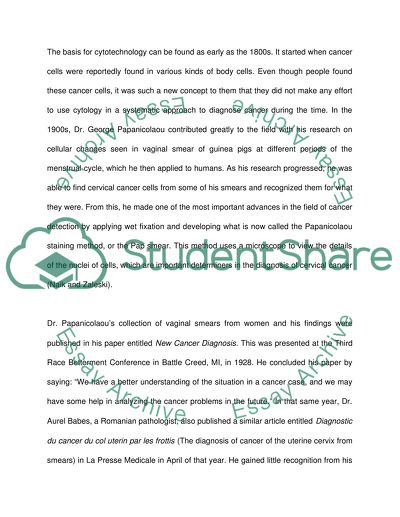Cite this document
(“Cytotechnology in Saudi VS Cytotechnology in the U.S Research Paper”, n.d.)
Cytotechnology in Saudi VS Cytotechnology in the U.S Research Paper. Retrieved from https://studentshare.org/health-sciences-medicine/1402547-cytotechnology-in-saudi-vs-cytotechnology-in-the
Cytotechnology in Saudi VS Cytotechnology in the U.S Research Paper. Retrieved from https://studentshare.org/health-sciences-medicine/1402547-cytotechnology-in-saudi-vs-cytotechnology-in-the
(Cytotechnology in Saudi VS Cytotechnology in the U.S Research Paper)
Cytotechnology in Saudi VS Cytotechnology in the U.S Research Paper. https://studentshare.org/health-sciences-medicine/1402547-cytotechnology-in-saudi-vs-cytotechnology-in-the.
Cytotechnology in Saudi VS Cytotechnology in the U.S Research Paper. https://studentshare.org/health-sciences-medicine/1402547-cytotechnology-in-saudi-vs-cytotechnology-in-the.
“Cytotechnology in Saudi VS Cytotechnology in the U.S Research Paper”, n.d. https://studentshare.org/health-sciences-medicine/1402547-cytotechnology-in-saudi-vs-cytotechnology-in-the.


